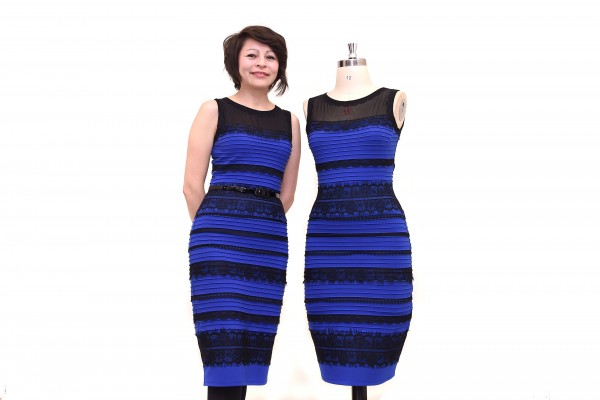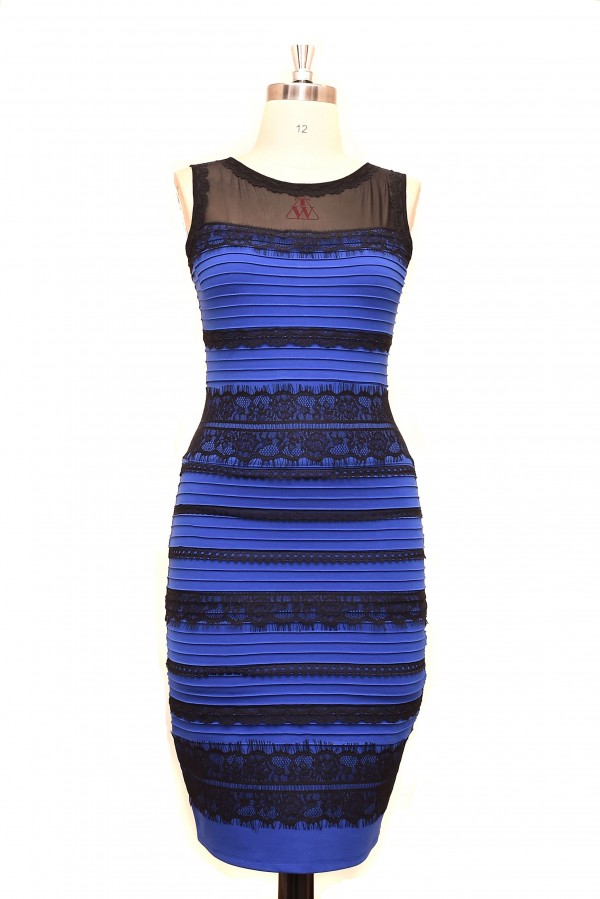Two years later, science has another theory on why we saw different colours of 'the dress'
The colour you see might depend on when you wake up.

Remember #TheDress? The infamous garment that broke the internet when a photo of it emerged on social media and divided the the world over its colours? Of course you do.
Now almost two years later, a neuroscientist has come up with a brand new explanation as to why some people saw it as white and gold while others saw the very same outfit as blue and black. (For reference, the dress later turned to to be blue and black).
He believes it’s all down to when you wake up.
Dr Pascal Wallisch, a researcher at New York University, has suggested people who are early risers are more likely to see the dress as white and gold, while those who love a good old lie-in see it as black and blue.
Wallisch claims this is down to how our circadian rhythms (internal body clocks) and exposure to sunlight affects our perception of colour.

Early risers, he says, are more exposed to natural light and are more likely to see ‘shadows’ while those who stay up late are more used to long-wavelength artificial light and, consequently, are more likely to see the dress as black and blue.
His theory is that those who thought the dress was photographed in shadow likely saw the two-tone garment as white and gold.
“The original image was overexposed, rendering the illumination source uncertain,” Wallisch said. “As a result, we make assumptions about how the dress was illuminated, which affects the colours we see.

“Shadows are blue, so we mentally subtract the blue light in order to view the image, which then appears in bright colours – gold and white.
“However, artificial light tends to be yellowish, so if we see it brightened in this fashion, we factor out this colour, leaving us with a dress that we see as black and blue.
“This is a basic cognitive function: to appreciate the colour on an object, the illumination source has to be taken into account, which the brain does continuously.”
The results are based on an online study with more than 13,000 participants.
Wallisch said his research found demographic factors such as gender and age had very little effect.
“This suggests that whatever kind of light one is typically exposed to influences how one perceives colour,” he added.
It’s hard to say whether this theory explains the phenomenon, but it is the latest in the many studies that have emerged since the photo of the outfit went viral.
The findings are published in Journal of Vision.





